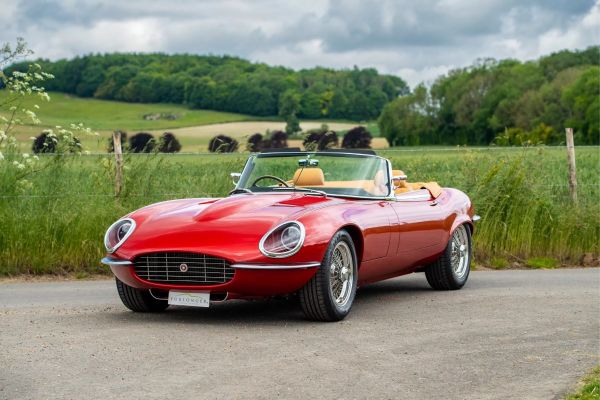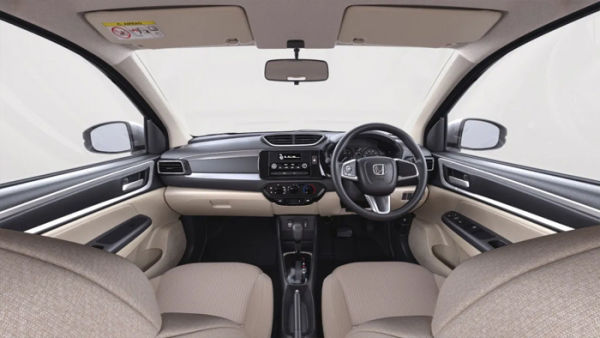
The year was 1961. At the Geneva Motor Show, the world witnessed the unveiling of a car that would forever redefine the standards of style, speed, and performance – the Jaguar E-Type. It wasn’t just a car. It was an emotion, a statement, and above all, a piece of moving art.
Described by none other than Enzo Ferrari as “the most beautiful car ever made,” the Jaguar E-Type (also known as the XK-E in North America) carved a permanent place in automotive history with its breathtaking design and cutting-edge engineering.
The Story Behind the E-TypeJaguar had already found success in racing and luxury cars, but the E-Type was meant to be something more accessible yet aspirational. Designed by Malcolm Sayer, an aeronautical engineer turned car designer, the E-Type was heavily influenced by Jaguar’s racing pedigree – especially the D-Type, which had multiple Le Mans victories.
At launch, the E-Type shocked audiences not only with its aesthetics but also with its unbelievable price-to-performance ratio. You could get an E-Type that could go 150 mph (240 km/h) for just a fraction of the cost of an Italian sports car.
Iconic Design: Sculpted for SpeedThe E-Type’s long hood, low profile, and curvaceous silhouette made it an instant classic. Every detail was sculpted with aerodynamics in mind, but it still managed to be drop-dead gorgeous.
Key Design Features:-
Monocoque construction – offering better rigidity and weight savings
-
Covered headlamps (in early models) – a distinctive and elegant touch
-
Central bonnet bulge – hinting at the powerful inline-six underneath
-
Wire-spoke wheels and chrome bumpers – vintage British flair at its finest
The car came in three major body styles:
Fixed-Head Coupe (FHC)
Roadster (OTS – Open Two Seater)
2+2 Coupe – added practicality with rear seats
The original E-Type came with a 3.8-liter inline-six engine, which was later upgraded to 4.2 liters. By the Series III version in the 1970s, Jaguar introduced a powerful 5.3-liter V12 engine – a bold move that added muscle to the machine without compromising its elegance.
Performance Stats (Series I 4.2L):-
Top Speed: 150 mph (241 km/h)
-
0–60 mph: 6.4 seconds
-
Horsepower: ~265 hp
-
Transmission: 4-speed manual
The Jaguar E-Type was produced in three major series from 1961 to 1975.
Series I (1961–1968):The purist’s dream – sleek covered headlights, glass-covered elegance, and minimalist interiors.
Series II (1968–1971):Revised for safety and regulations – open headlights, bigger indicators, and improved cooling.
Series III (1971–1975):The V12 era – wider track, longer wheelbase for the 2+2, and more luxury appointments.
Pop Culture & Celebrity LoveThe Jaguar E-Type wasn’t just admired by car enthusiasts – it was a symbol of British cool in the 60s and 70s. From rockstars to royalty, the E-Type had a long list of admirers.
Notable Owners:-
Steve McQueen
-
Frank Sinatra
-
George Harrison (The Beatles)
-
Princess Grace of Monaco
The E-Type also featured in countless films, including James Bond movies and British thrillers, enhancing its image as a suave, stylish machine.
Why It Still MattersEven today, over 60 years after its debut, the Jaguar E-Type remains a favorite among collectors, restorers, and vintage car lovers. Prices have skyrocketed in the classic car market, and Jaguar even launched “Jaguar Classic” – a division to restore and even electrify vintage E-Types.
It’s also a piece of design heritage. An E-Type is permanently displayed at the Museum of Modern Art (MoMA) in New York – one of only a handful of cars ever to be so honored.
Collector’s Dream: Value in the Modern EraA well-maintained Jaguar E-Type today can fetch anywhere between ₹1 crore to ₹5 crores ($100,000 to $600,000)depending on condition, originality, and model year. The Series I Roadsters are among the most sought-after.
Conclusion: The Heartbeat of Automotive PassionThe Jaguar E-Type isn’t just a car. It’s a piece of British history, a design icon, and a symbol of freedom and romance on four wheels. Whether it’s roaring down a winding road or resting elegantly at a concours event, the E-Type is proof that cars can be poetry in motion.
Even in today’s digital, electric age, the soul-stirring roar of an E-Type engine and its timeless curves can transport you to an era where driving was not just a necessity – it was an art.
The post Jaguar E-Type – History, Design & Legacy of the Iconic British Sports Car appeared first on Lifeandtrendz.









